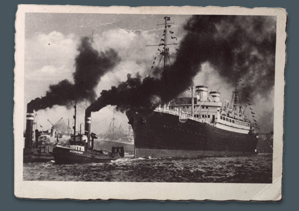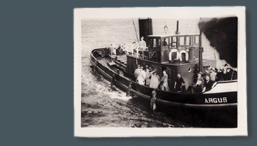 |
||||||||||
|
The St. Louis passengers greeted with great jubilation the news that France, Great Britain, Belgium, and the Netherlands had agreed to provide them with temporary refuge away from Nazi Germany. For many, however, it marked not the end but the beginning of an even more tragic journey. |
||||||||||
| After disembarking in Antwerp, the passengers traveled to their assigned countries: 214 remained in Belgium, 287 went to Great Britain, 224 to France, and 181 to the Netherlands. Like other refugees from the Reich, the former St. Louis passengers faced immense challenges and uncertainties. Dispossessed of their assets by the Nazis and prohibited from working by their host nations, they depended on Jewish relief agencies and relatives for aid. Of the more than 700 former passengers on quota lists to enter the United States, only a small number surmounted the bureaucratic regulations to emigrate across the Atlantic legally by 1945. | ||||||||||
| After the German invasion of Poland in September 1939, local authorities in threatened countries viewed all German nationals, including Jewish and anti-Nazi refugees, as potential saboteurs or Nazi agents. Thousands were arrested as "enemy aliens" and transported to internment camps along with native fascists and Nazi sympathizers. With the German occupation of western Europe, most of the former passengers once again fell under Nazi rule and were subject to anti-Jewish legislation. A fortunate few succeeded in emigrating or escaping, but by the end of 1941 it became virtually impossible for Jews to flee the continent. Starting in 1942, the Nazis began deportations from western Europe to the killing centers in the east. | ||||||||||
|
|
||||||||||

